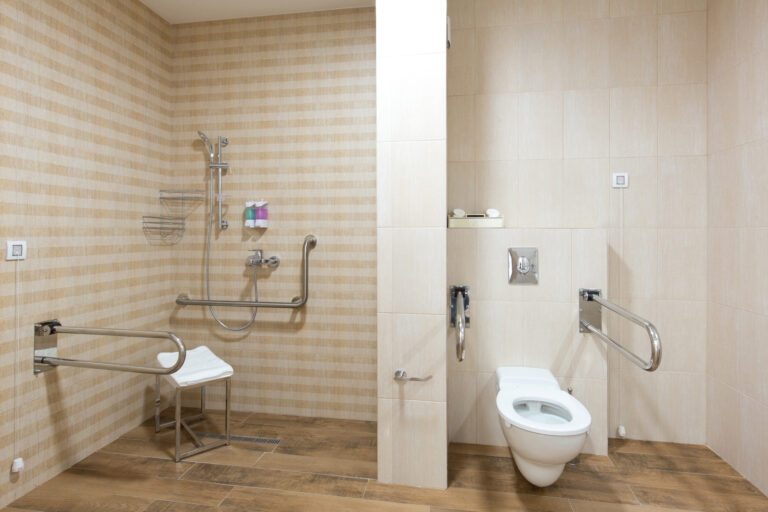Sleeping with weighted blankets for individuals with Alzheimer’s disease can be generally safe and potentially beneficial, but it requires careful consideration of the person’s specific health status, mobility, and comfort. Weighted blankets provide deep pressure stimulation, which can promote relaxation, reduce anxiety, and improve sleep quality—factors that are often disrupted in Alzheimer’s patients. However, safety precautions are essential to avoid risks such as overheating, restricted movement, or respiratory difficulties.
Weighted blankets are designed to apply gentle, even pressure across the body, mimicking the sensation of a firm hug. This deep pressure touch stimulation has been shown to increase serotonin and melatonin levels, hormones that regulate mood and sleep, while reducing cortisol, the stress hormone. These effects can help improve sleep quality and reduce agitation, which are common challenges in Alzheimer’s disease[6]. Improved sleep is crucial because poor sleep can accelerate cognitive decline and exacerbate behavioral symptoms in dementia[3].
Clinical trials and research on weighted blankets have primarily focused on populations with anxiety, insomnia, ADHD, and chronic pain, showing promising results in reducing sleep disturbances and anxiety[1][2]. Although direct studies on Alzheimer’s patients are limited, sensory therapies that engage touch and pressure are recognized as beneficial in dementia care to calm agitation and improve well-being[4][6]. The sensory input from weighted blankets can be a non-pharmacological approach to managing behavioral and psychological symptoms of dementia (BPSD), such as restlessness and anxiety.
Despite these benefits, safety concerns must be addressed. Alzheimer’s patients often have impaired mobility and may not be able to remove a heavy blanket if they feel uncomfortable or overheated. This raises the risk of overheating, restricted breathing, or even falls if the blanket impedes movement. Therefore, weighted blankets should be used under supervision, especially in moderate to advanced stages of Alzheimer’s. The blanket’s weight should be appropriate—typically about 10% of the person’s body weight—and lighter options may be safer for frail individuals[6].
Caregivers should monitor the person’s response to the weighted blanket closely. Signs of discomfort, overheating, or difficulty breathing require immediate removal of the blanket. It is also important to ensure the blanket is breathable and made of materials that do not trap excessive heat. Consulting healthcare providers before introducing a weighted blanket is advisable to rule out contraindications such as respiratory or cardiovascular issues[1][6].
In summary, weighted blankets can be a safe and helpful tool to improve sleep and reduce anxiety in people with Alzheimer’s disease when used thoughtfully. They offer a sensory experience that may soothe behavioral symptoms and enhance sleep quality, which is vital for brain health and slowing cognitive decline[3][4]. However, safety precautions, appropriate weight selection, and supervision are critical to prevent adverse effects. More research specifically targeting Alzheimer’s patients would help clarify optimal usage guidelines and long-term effects.
Sources:
[1] University of California Health Clinical Trials on Weighted Blankets
[2] Palladecor, Research on Weighted Blankets Benefits
[3] Medical News Today, Neurologist Commentary on Sleep and Brain Aging
[4] Hovi Care, Sensory Experiences and Brain Health in Dementia
[6] Dementia Australia Library Guides on Weighted Blankets and Dementia Care





